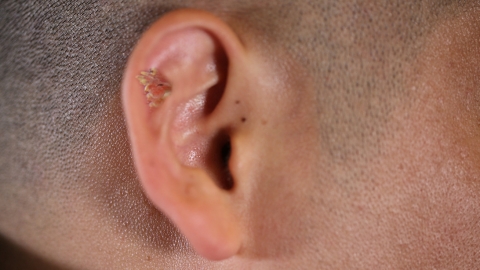Which is more severe: flat warts or filiform warts?
Generally speaking, both flat warts and filiform warts are benign skin conditions and overall not serious, so there is no need for excessive panic. However, they differ slightly in terms of affected areas and spreading speed. Flat warts may require more timely intervention due to their faster spreading rate, while filiform warts typically grow as single lesions and their impact is relatively limited. Detailed analysis is as follows:

Flat warts are caused by human papillomavirus (HPV) infection, commonly occurring on exposed areas such as the face and back of the hands. They often appear in dense clusters and spread relatively quickly. Scratching may cause the virus to spread to surrounding skin, significantly increasing their numbers in a short time. Although they do not threaten health, they can affect appearance and cause psychological distress in some individuals.
Filiform warts are also caused by human papillomavirus infection. They usually grow on areas such as the neck and eyelids, appearing as slender, thread-like projections. They generally grow slowly as single or only a few lesions. Due to their slender shape, daily friction may cause mild pain or bleeding. Although there is a certain risk of infection, their impact on appearance is relatively localized, and the risk of malignant transformation is extremely low, so there is no need for excessive concern.
In daily care, whether you have flat warts or filiform warts, you should avoid scratching or rubbing the warts to prevent virus spread or skin damage and infection. It is also important to keep the skin clean, avoid sharing personal items such as towels and clothing with others, and reduce the risk of virus transmission.





